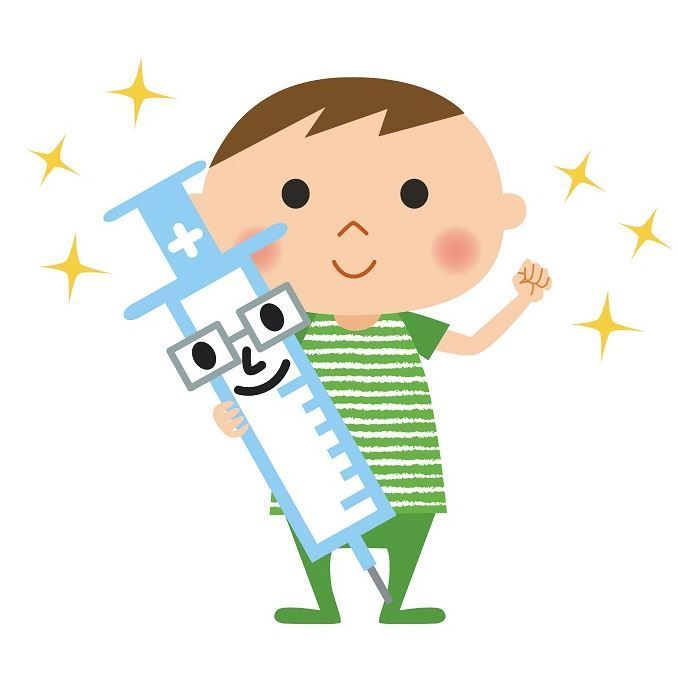END OF YEAR MEDICATION PICK UP
The K-5 nurses will be sending home a note to parents/guardians who have students with
medication here at school. These medications will be sent home with students at the end of the
year with parent permission. Any oral medication needs to be picked up by the
parent/guardian.
MS and HS students will have their medication returned to them at the end of the school year.
Any oral medication needs to be picked up by the parent/guardian.
Medication not picked up by the end of the school year will be disposed of. If you have any
questions, contact the school nurse.
K-5 Nurse Kristen and Nurse Ali 783-3434, ext. 0120 or 0135
MS/HS Nurse Kathleen 783-2600, ext. 0107
Seasonal Allergies
Pioneer Valley experiences an increase in seasonal allergies during Spring and Fall.
Airborne allergens such as tree pollen and grass pollen cause many individuals to
experience seasonal allergy symptoms. The common symptoms are sneezing, runny
nose, dry throat and itchy eyes. Students’ comfort and focus can be affected during the
school day. If your child has seasonal allergies, please have them take their prescribed
medication or consult with a health care provider if you have any concerns.
SBIRT
March 12, 2025
Dear Parent/Guardian of 6th and 9th grade students,
Starting in March our counseling staff will begin an MDPH (Massachusetts Department of Public
Health) mandated screening called SBIRT. SBIRT stands for Screening, Brief Intervention, and
Referral to Treatment. SBIRT is related to the use of alcohol, tobacco, and other substances.
The goal of the screening is to reinforce healthy choices and provide resources for education.
Teenagers have consistently reported that substance abuse is a topic of utmost concern.
Students in 6th grade and 9th grade will take part in this health screening. Sessions will be brief
and are conducted in private by our SBIRT trained staff. All sessions are confidential. Students
will be asked about substance exposure or use over the past year. The students will have their
safe choices reinforced by the screener. Staff will alert the students that they are available to
provide substance use education and discuss healthy decisions. This program focuses on harm
prevention and does not generate disciplinary action.
Non-identifying screening results are recorded for data purposes and are shared with MDPH.
The results are only shared with other staff or parents in the case of immediate medical
emergency or when required by state law. As with any school health screening, you can opt
your child out of this process. Students may also choose not to answer any or all the screening
questions. If you do not want your child to participate in this screening contact
Kathleen Dupuis, RN @
kdupuis@sics.org.
SICS has identified the risk of substance abuse as a priority for education and support with our
students and families. Parents and guardians can help their children make healthy choices. One
important way to prevent alcohol and drug use is to talk with your children and model safe
behavior at home.
https://drugfree.org/
https://helplinema.org/for-parents/
Kathleen Dupuis, BSN, RN, NCSN, Nurse Leader kdupuis@sics.org
Click here to view The CRAFFT+N Interview: SBIRT in Schools
Norovirus
You may have heard or read about Norovirus recently. Norovirus is the leading cause of vomiting and
diarrhea, and food borne illness in the United Sates. People of all ages can get infected and sick with
Norovirus. The virus is sometimes called the “stomach flu” or “stomach bug”. This illness is not related
to the flu. Most people with Norovirus get better within 1-3 days but can still spread the virus up to a
week.
Norovirus spreads easily and quickly in different ways. You can get Norovirus by:
- Having direct contact with someone with Norovirus, like caring for them, sharing food or eating
- utensils with them, or eating food handled by them.
- Eating food or drinking liquids that are contaminated with norovirus.
- Touching contaminated objects or surfaces and then putting your unwashed fingers in your
- mouth.
Norovirus is very contagious, but you can take steps to protect yourself and others, including:
- Wash your hands well and often.
- Cook shellfish thoroughly and wash fruits and vegetables.
- Clean and disinfect contaminated surfaces.
- Wash laundry in hot water.
Stay home when sick for 2 days (48 hours) after symptoms stop
Dehydration can be a side effect of the Norovirus. Increase your fluid intake and monitor your child for
lethargy, decrease in urine output and decrease in tear production.
If your child is experiencing any symptoms of Norovirus, please reach out to your healthcare provider.
Contact the school nurse before your child returns to school.
Pneumonia
The Massachusetts Department of Public Health (MDPH) has noticed a significant increase in cases of respiratory illnesses caused by Mycoplasma pneumoniae (walking pneumonia ) and Bordetella pertussis (whooping cough), particularly among school-aged children and adolescents.
Pneumonia is an infection of the lungs. Normally, the small sacs in the lungs are filled with air. When someone has pneumonia, the air sacs fill up with pus and other fluids.
The signs and symptoms of pneumonia may include:
- fever
- cough
- chills
- fast breathing
- breathing with grunting or wheezing sounds
- working hard to breathe
- vomiting
- chest pain
- belly pain
- being less active
- loss of appetite (in older kids) or poor feeding (in babies)
Viruses, like the flu or RSV (respiratory syncytial virus), cause most cases of pneumonia. Children with pneumonia caused by a virus usually have symptoms that happen over time and tend to be mild.
Less often, bacteria can cause pneumonia. When that happens, children usually will become sick more quickly, starting with a sudden high fever, cough, and sometimes fast breathing. Types of bacterial pneumonia include pneumococcal pneumonia, mycoplasma pneumonia (walking pneumonia), and pertussis (whooping cough).
The Healthcare Provider (HCP ) will perform an evaluation for pneumonia. They will check physical appearance, breathing pattern, vital signs and might order a chest x-ray. Depending on the cause of the pneumonia, the HCP may order antibiotics. Most symptoms start to resolve in one week, but this is dependent on general health and age. If you notice symptoms worsening or persisting, contact your healthcare provider.



